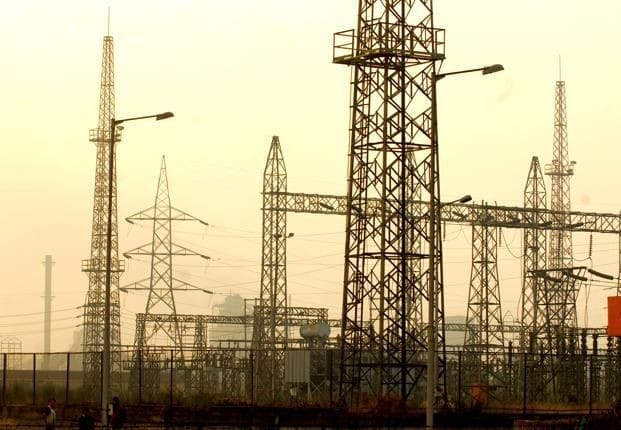India is the world’s largest democracy and elections are an integral part of the country’s political process. The Indian constitution provides for a representative form of government, where the people elect their representatives to the legislative bodies at the national, state, and local levels.
India’s electoral system is complex and involves a multi-stage process. The country is divided into constituencies, each of which elects one representative to the lower house of parliament, the Lok Sabha. The number of seats allocated to each state is based on its population, with a maximum of 543 seats in the Lok Sabha. Members of the upper house, the Rajya Sabha, are elected by state assemblies and by the President of India.
The election process in India is overseen by the Election Commission, an independent body that ensures free and fair elections. The Commission is responsible for the preparation of electoral rolls, the conduct of elections, and the declaration of results.
Elections in India are held every five years, with the last one being held in 2019. The election process in India is a massive undertaking, with over 900 million eligible voters, making it the largest democratic exercise in the world. The campaign period can last up to several months and is marked by rallies, speeches, and political advertisements.
Political parties play a crucial role in Indian elections, and there are several national and regional parties in the country. The major national parties are the Indian National Congress, the Bharatiya Janata Party (BJP), and the Communist Party of India (Marxist). Regional parties, on the other hand, are focused on the issues specific to their states and regions.
The election campaign in India is marked by intense political activity, with political parties and candidates engaging in rallies, roadshows, and public meetings to woo voters. The use of social media and other digital platforms has become increasingly important in recent years, with parties and candidates using them to reach out to young and tech-savvy voters.
One of the key issues in Indian elections is caste and religion-based politics. The Indian society is divided into various castes and religions, and political parties often use these identities to appeal to voters. The use of caste and religion-based politics has been criticized by some as divisive and detrimental to the country’s social fabric.
The election process in India has come a long way since its first general election in 1951-52. The country has made significant progress in ensuring free and fair elections, and the Election Commission has been praised for its impartiality and professionalism. However, there are still challenges that need to be addressed, such as the use of money and muscle power in elections and the low representation of women in politics.
In conclusion, elections in India are a crucial component of the country’s political process. They provide an opportunity for the people to choose their representatives and shape the future of the country. The electoral system in India is complex and involves a multi-stage process, but it has been successful in ensuring free and fair elections. The use of social media and other digital platforms has transformed the election campaign in India, and political parties and candidates are increasingly using these platforms to reach out to voters. Despite the challenges, India’s democracy continues to thrive, and the country’s electoral system remains an inspiration for democracies around the world.










